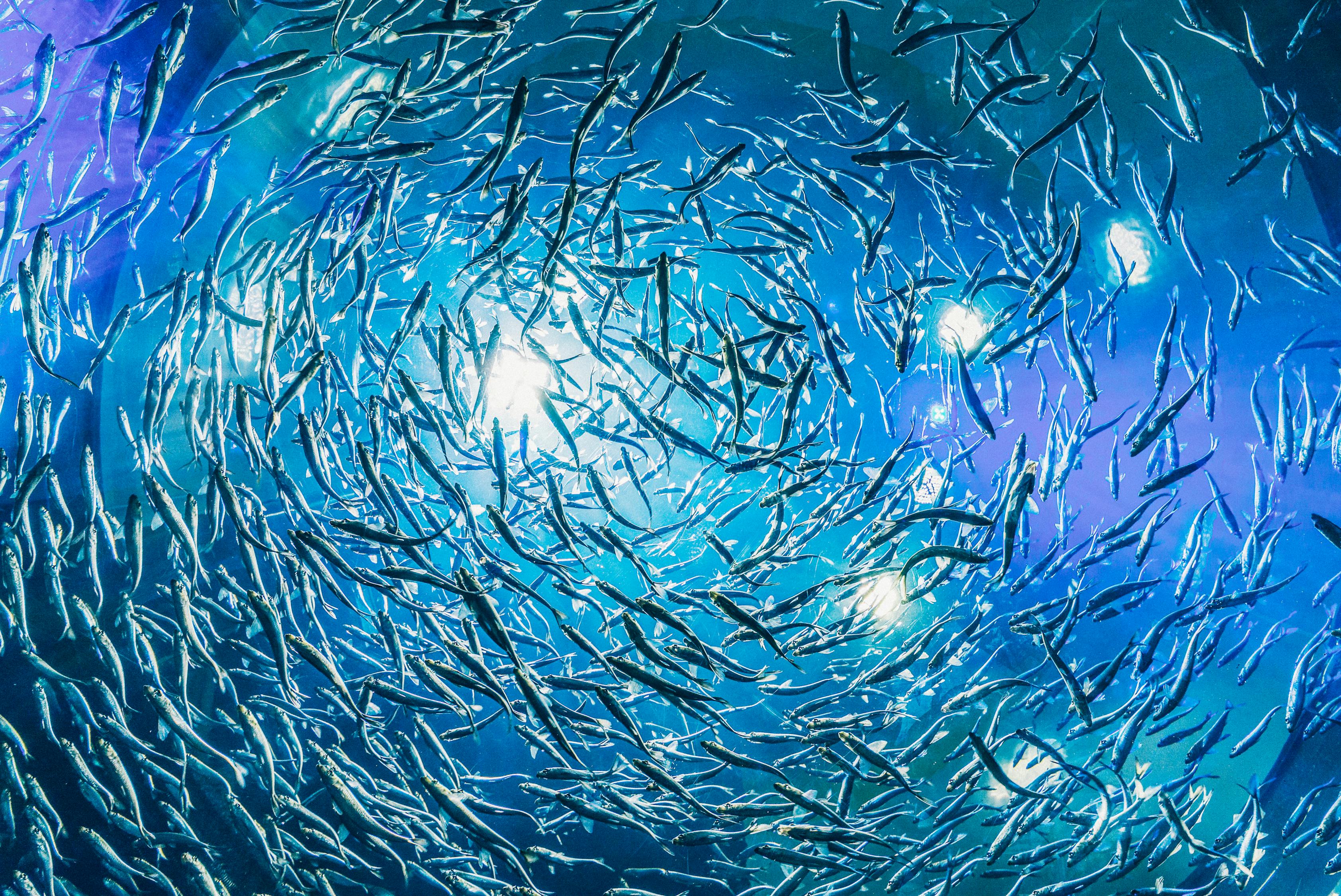One of the sectors where digital transformation takes place is aquaculture. Since aquaculture is directly related to water and the crops cultured there are different from the physiology of creatures that breathe gaseous air, conditions need to be checked more frequently and reliably. In addition, the studies and laws on “traceability”, which covers the process of the information demand about the history of the product, which is demanded more and more by the seafood consumers every day, from the facility to the plate, will make the digital transformation of companies essential, regardless of which field they work in the aquaculture sector. As a result, the easiest, fastest and most reliable way to provide traceability data is to get support from sensors in seafood production facilities.
The use of sensors in aquaculture is mostly about “perceiving” and the system that needs to be built on sensing is directly related to which crop is cultivated, which culture method is used, where the culture is made, and most importantly, the water used in the culture.
When we look at its basis, we can say that one of the main areas of sensor use in aquaculture is the monitoring and control of water quality parameters. For example, let's say we have a model where we farm trout in ten fiberglass tanks for human consumption. Let's get water for this facility from a mountain spring. We were asked to do simple sensor modeling. We will probably see a result close to the following list:
- Temperature sensor
- pH sensor
- Water hardness sensor
- Water salinity sensor
- Dissolved oxygen sensor
- Dissolved other gases sensor
- Sensor that monitors suspended solids in water
- Sensor that monitors organic substances in water
If you think of another unit, feel free to add it to the comment field.
The use of sensors in aquaculture is not limited to monitoring the parameters of the water entering the facility. Considering that the more the capacity of the facility increases, the complexity of the facility increases and the number of personnel working in the facility increases, the importance of keeping the movements of water under control increases. Reading the data received from the sensors and taking quick action is now very important for making the operation of the entire facility sustainable and is an important aid in ensuring the food safety of the seafood produced in the facility.
Considering the usage areas of sensors only around water quality parameters means narrowing our horizons.
In salmon farming, which is one of the important sectors of the eastern coast of the Atlantic Ocean, there are countries that use sensors to achieve that their offshore facilities are less affected by ocean conditions. Detection of sea lice, one of the biggest problems in salmon farming, is one of the most remarkable sensor developments in the field of aquaculture. The technology called Spectralice was developed by Ecotone. [link] [watch]
Another important development is the goal of protecting facilities by tracing the pre-emergence stages of sudden toxic algal bloom, which cannot be predicted when they will occur. Scotland is one of the countries that can carry out studies and produce results in this field. Tracking instantaneous conditions in the open sea using satellite-assisted sensor data seems quite innovative today, but tomorrow it will become very closely related to the aquaculture sector. [link]
In fish farming, sensors are also used to control the physiological behaviors of fish while they are growing and to keep the process under control. A prime example of this is iFarm, developed by Cermaq. [watch]
It is an undeniable fact that seafood production facilities equipped with sensors can be described as more “intelligent” than the previous generation facilities. It is also an advantage to ensure that the facilities can run themselves, and to direct the qualified workforce to more efficient and brain-powered jobs. Understanding the needs and conditions of aquaculture operations from sensors, developing these products to carry equipment suitable for aquaculture, and doing the necessary maintenance to ensure that these sensors are always in interaction with water, to ensure that they continue to work smoothly in the production facility are an important lane in the careers of aquaculture professionals.







